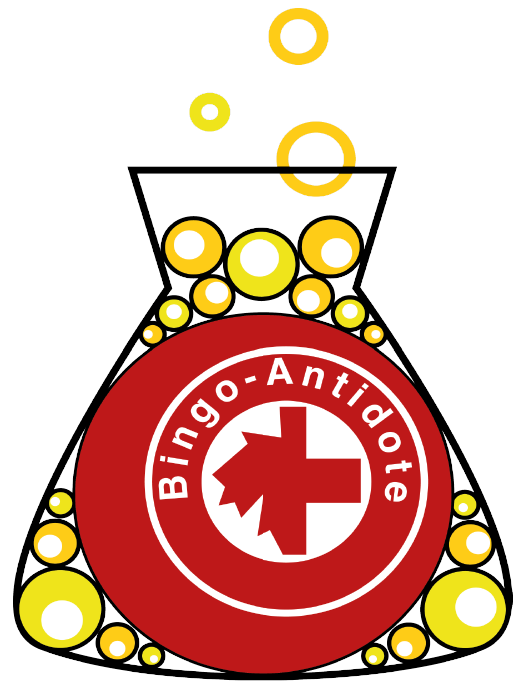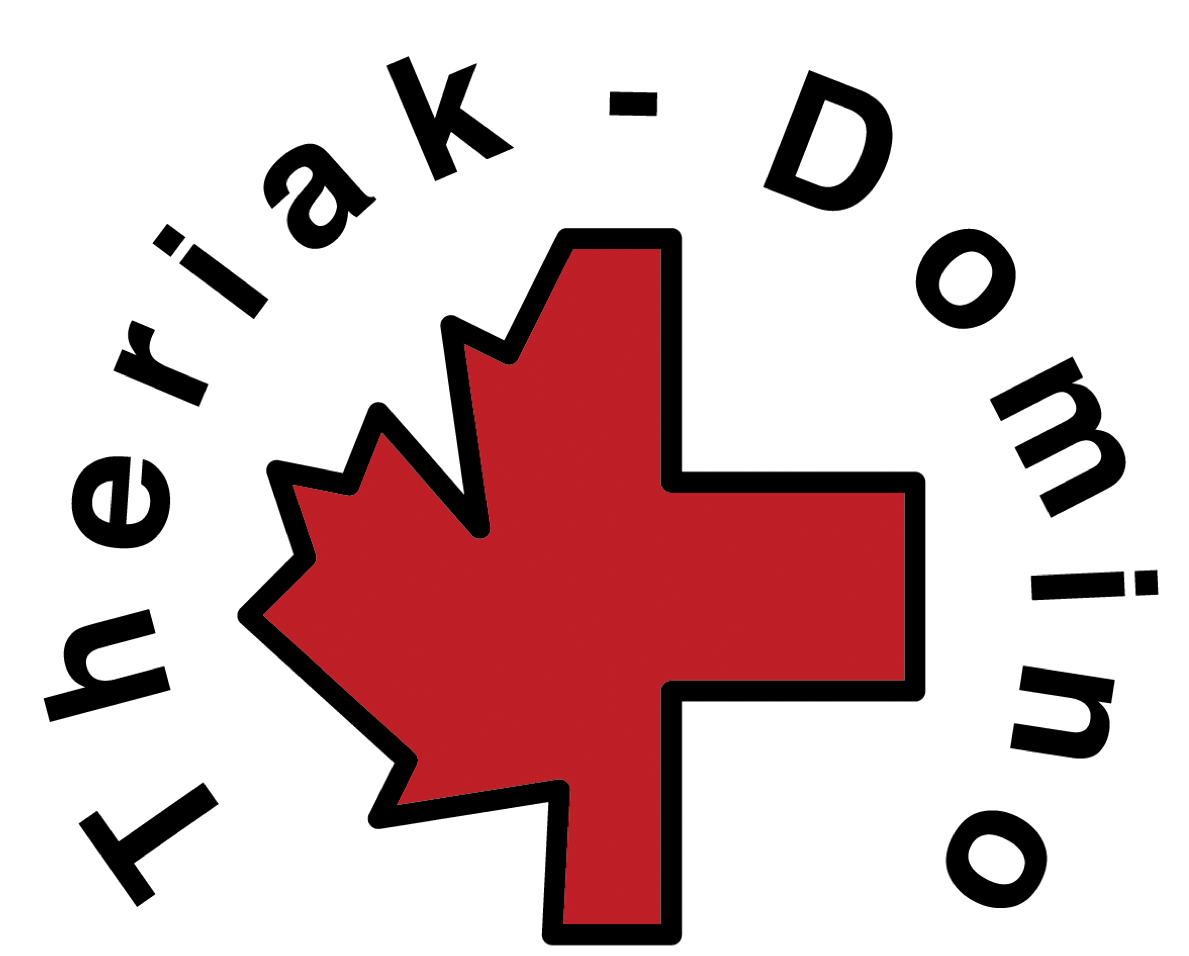Bingo-Antidote

What is Bingo-Antidote?
Bingo-Antidote is a petrological software originally developed by Pierre Lanari and Erik Duesterhoeft that offers an alternative modelling strategy based on iterative thermodynamic models integrated with quantitative compositional mapping. This second version, distributed as an XMapTools add-on, comes with a redesigned graphical user interface and improved features.
Iterative thermodynamic models
Bingo-Antidote proposes a hybrid strategy combining the strengths of Gibbs energy minimisation (GEM) and inverse thermobarometry models, based on the comparison between modelled and observed mineral assemblages, modes and compositions. The overall technique relies on quantitative compositional maps obtained by electron probe microanalysis to provide a mutually consistent set of observed data such as bulk rock and mineral compositions.
Theriak-Domino
Bingo-Antidote uses the Gibbs energy minimiser Theriak developed by Christian de Capitani. The latest version of Theriak-Domino, provided by Doug Tinkham, is required to use Bingo-Antidote.


What papers should I read to learn more about this technique?
There are two technical papers, the first by Duesterhoeft & Lanari (2020) and the second by Lanari & Hermann (2021), which includes a proof of concept and an application example.
The philosophy of iterative thermodynamic modelling behind Bingo-Antidote is also described in older publications: Lanari & Engi (2017) and Lanari & Duesterhoeft (2019). Note that the Lanari & Duesterhoeft (2019) paper gives a general overview of thermodynamic modelling and also provides an example of an application of Bingo-Antidote.
References:
- Duesterhoeft, E. & Lanari, P. (2020). Iterative thermodynamic modelling – Part 1: A theoretical scoring technique and a computer program (BINGO-ANTIDOTE). Journal of Metamorphic Geology, 38, 527-551. Download pdf
- Lanari, P. & Hermann, J. (2020). Iterative thermodynamic modelling—Part 2: tracing equilibrium relationships between minerals in metamorphic rocks. Journal of Metamorphic Geology, 39, 651-674. Download pdf
- Lanari, P. & Duesterhoeft, E. (2019). Modelling metamorphic rocks using equilibrium thermodynamics and internally consistent databases: past achievements, problems and perspectives. Journal of Petrology, 60, 19-56. Download pdf
- Lanari, P., & Engi, M. (2017). Local bulk composition effects on metamorphic mineral assemblages, Reviews in Mineralogy and Geochemistry, 83, 55-102 Download pdf
